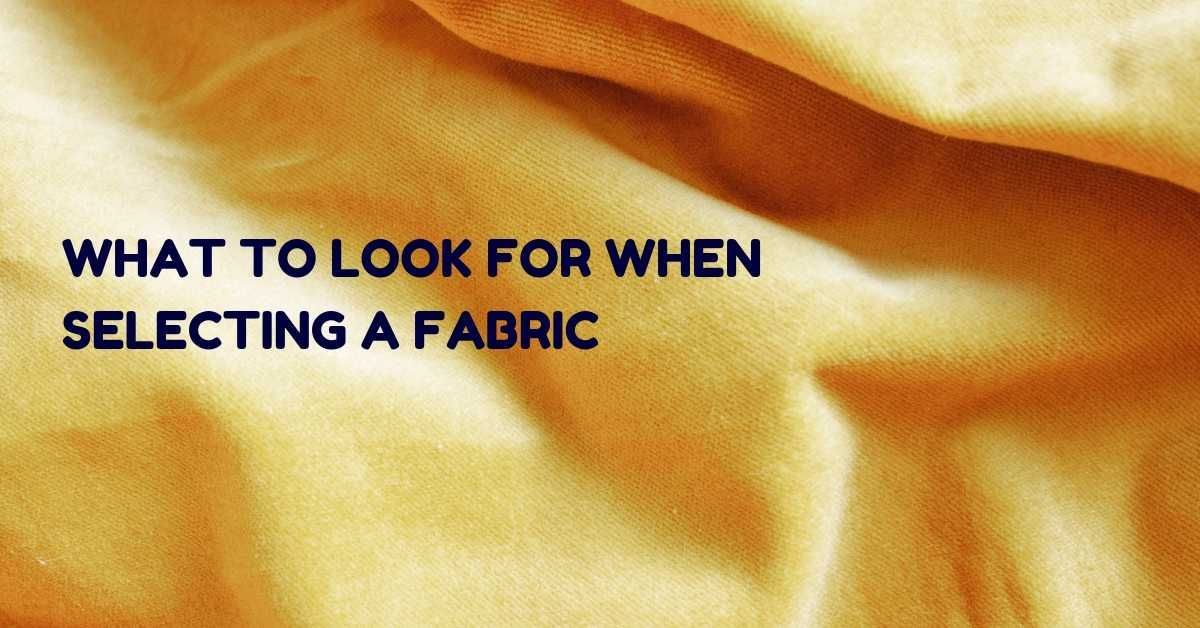The Basic Principles Of All 4 Way Stretch Fabrics
The Basic Principles Of All 4 Way Stretch Fabrics
Blog Article
Excitement About All 4 Way Stretch Fabrics
Table of ContentsAn Unbiased View of All 4 Way Stretch FabricsAll 4 Way Stretch Fabrics Can Be Fun For AnyoneThe Best Guide To All 4 Way Stretch FabricsThe Facts About All 4 Way Stretch Fabrics RevealedThe smart Trick of All 4 Way Stretch Fabrics That Nobody is Talking About
You can find out more regarding grain and grainline of textile right here. The textile weight is reliant on lots of aspects like the weave, fiber type, and so on and is generally denoted by GSM. GSM can vary from 60 -700; 700 being the GSM of really premium woolen material. A denim textile has a GSM of 400, depending upon the weave.One thing you have to maintain in mind is that greater material weight does not denote greater material high quality. You can not pick high material weight textile jeans for a lightweight floating stole.
Check out the checklist of the 70+ various textile surfaces and treatments. In short, the most essential standards to search for in the textile you acquire are as follows. The number of threads per inch of material (yarns-per-inch). Higher the thread count greater the number of threads woven per inch, and the higher the top quality.
In high-grade material, this equilibrium (either in numbers or in size) will always be preserved. Processes utilized on textile to enhance appearance and performance.
Top Guidelines Of All 4 Way Stretch Fabrics
A two-ply yarn transcends to a single-ply thread.

If you are preparing to start a new stitching job, picking a textile will be one of the most important step as soon as you choose what you intend to make. After you've gone to all the problem and expenditure of getting the sewing maker you like, a pattern you love, and a material you enjoy, you want the finished product to be a success, right? One means to complete that is to begin by making sure your material is genuinely right for the job.
How do you recognize which material will give you the finest result? Choosing a textile simply because you like the print or layout on it isn't always the best approach.
In order to avoid doing an entire task for basically absolutely nothing, we have actually put together some suggestions to aid you choose which material is best for your job. Allow's say you already have a project in mind; exactly how do you find the right textile for it?
6 Easy Facts About All 4 Way Stretch Fabrics Explained
Assume of the features you want the ended up product to have. Do you want a strong color or a print? If you are making a non-wearable item such as a pillow cover or potholder, make use of a sturdy material such as canvas.
There is so much details available regarding materials, their characteristics, and their uses, it could reach be overwhelming! Don't try to take it in all at once; simply start with the task at hand. Discover all you can about the material you make use of for this project.
Consist of little swatches for reference. You will have your own little collection of info to surf when you begin each brand-new project.
If you're beginning with a pattern that you recognize you desire to make, the majority of the time the pattern will tell you which sort of textile will certainly function best for that patternor at the very least offer you guidelines. Remember that the guidelines are there for a factor; focus on them! You can make your very own decision and do your own point, yet you may wind up having to redo it if it doesn't go so well.
Our All 4 Way Stretch Fabrics Statements
If you're a stitching amateur, begin with cotton, such as you would certainly locate in the quilting location of a textile store. Cotton is without a doubt the most versatile and simplest fabric to deal with, and almost anything can be made with cotton. Be sure to wash it first, given that it does diminish.
Select an item of apparel to make, or a craft projectjust stay clear of things that require to be elastic (knits) or upholstery-type projects (heavy, resilient textiles). Woven cotton, fabrics that are simple to handle are flannel, non-flimsy woven silks, and woollen or wool blends. Avoid anything with a snooze, such as velvet or phony hair, and stay clear of slippery or sheer materials.
You will be proud of the finished task instead of annoyed with time and materials wasted. We can help you discover new techniques or influence you to get started, directing you through any project you would certainly such as to complete.
Include little examples for referral. You will certainly have your very own little library of details to surf when you start each brand-new project.
All 4 Way Stretch Fabrics for Beginners

If you're a stitching amateur, begin with cotton, such as you would discover in the quilting location of a material shop (woven stretch fabric). Cotton is without a doubt one of the most versatile and most convenient fabric to deal with, and almost anything can be made with cotton. Make sure to clean it initially, given that it does shrink
Select a thing of clothes to make, or a craft projectjust avoid things that original site need to be stretchy (knits) or upholstery-type projects (heavy, long lasting materials). Woven cotton, materials that are easy to handle are flannel, non-flimsy woven silks, and woollen or woollen blends. Stay clear of anything with a nap, such as velour or phony hair, and avoid unsafe or sheer textiles.

Report this page